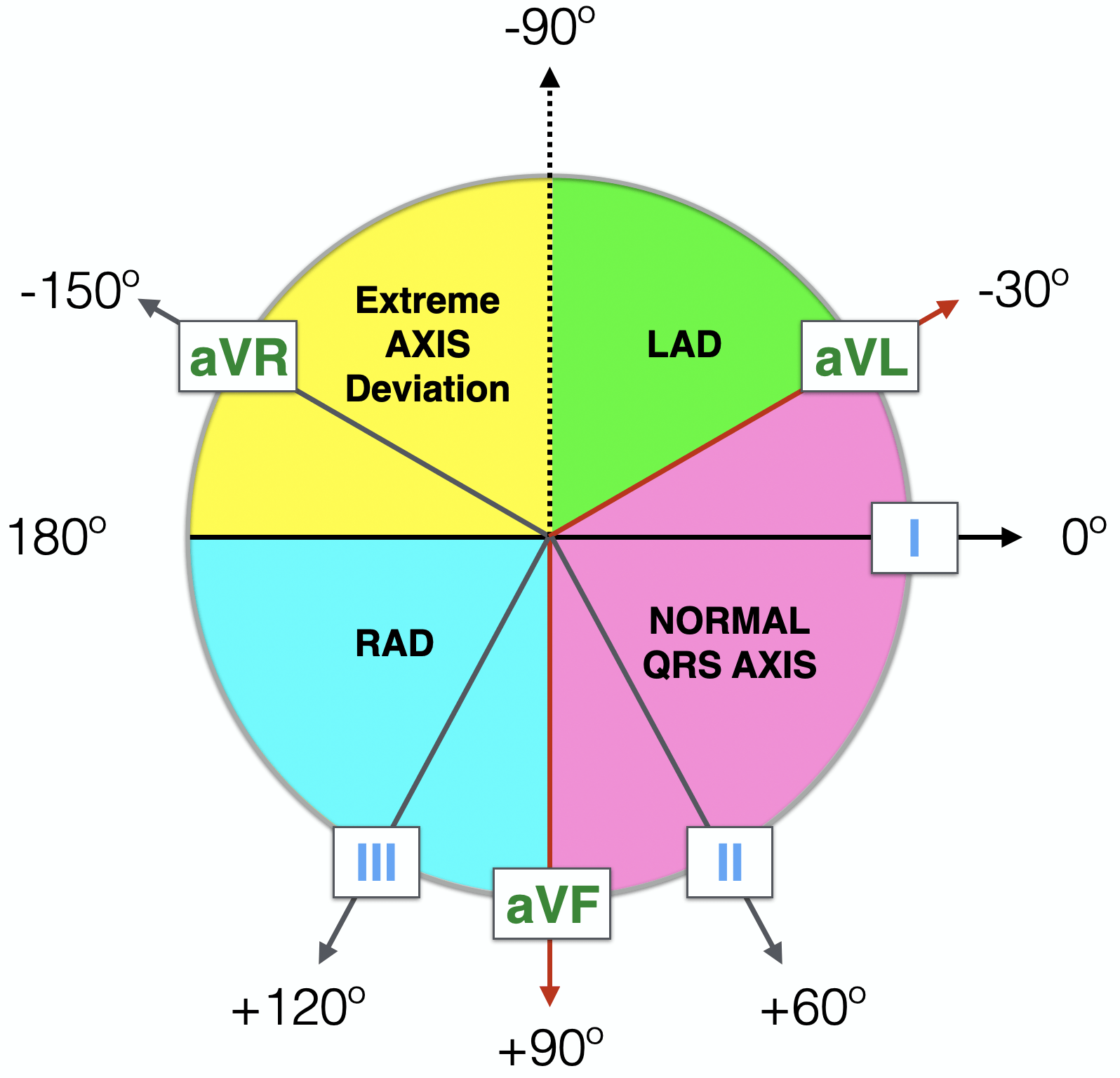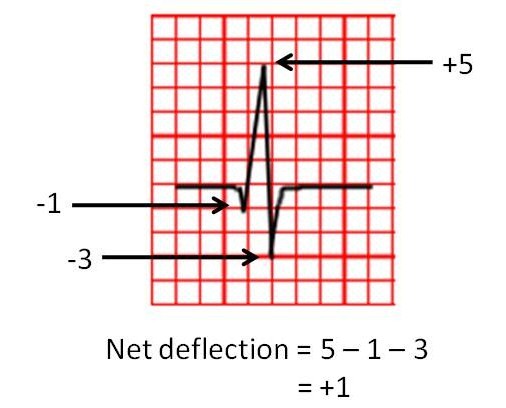Makindo Medical Notes.com |
|
|---|---|
| Download all this content in the Apps now Android App and Apple iPhone/Pad App | |
| MEDICAL DISCLAIMER:The contents are under continuing development and improvements and despite all efforts may contain errors of omission or fact. This is not to be used for the assessment, diagnosis or management of patients. It should not be regarded as medical advice by healthcare workers or laypeople. It is for educational purposes only. Please adhere to your local protocols. Use the BNF for drug information. If you are unwell please seek urgent healthcare advice. If you do not accept this then please do not use the website. Makindo Ltd | |
ECG - Calculate the electrical axis
-
| About | Anaesthetics and Critical Care | Anatomy | Biochemistry | Cardiology | Clinical Cases | CompSci | Crib | Dermatology | Differentials | Drugs | ENT | Electrocardiogram | Embryology | Emergency Medicine | Endocrinology | Ethics | Foundation Doctors | Gastroenterology | General Information | General Practice | Genetics | Geriatric Medicine | Guidelines | Haematology | Hepatology | Immunology | Infectious Diseases | Infographic | Investigations | Lists | Microbiology | Miscellaneous | Nephrology | Neuroanatomy | Neurology | Nutrition | OSCE | Obstetrics Gynaecology | Oncology | Ophthalmology | Oral Medicine and Dentistry | Paediatrics | Palliative | Pathology | Pharmacology | Physiology | Procedures | Psychiatry | Radiology | Respiratory | Resuscitation | Rheumatology | Statistics and Research | Stroke | Surgery | Toxicology | Trauma and Orthopaedics | Twitter | Urology
Related Subjects: |ECG Basics |ECG Axis |ECG Analysis |ECG LAD |ECG RAD |ECG Low voltage |ECG Pathological Q waves |ECG ST/T wave changes |ECG LBBB |ECG RBBB |ECG short PR |ECG Heart Block |ECG Asystole and P wave asystole |ECG QRS complex |ECG ST segment |ECG: QT interval |ECG: LVH |ECG RVH |ECG: Bundle branch blocks |ECG Dominant R wave in V1 |ECG Acute Coronary Syndrome |ECG Narrow complex tachycardia |ECG Ventricular fibrillation |ECG Regular Broad complex tachycardia |ECG Crib sheets
Calculate the electrical axis
The mean QRS axis refers to the average orientation of the heart's electrical activity. In most cases, an approximation of the axis will be sufficient for the ECG interpretation. There are many different approaches to axis determination, but this discussion will be limited to a simple technique that uses the leads I and aVF to calculate an approximate axis.

The mean QRS axis is oriented towards the lead with the greatest net QRS deflection. To calculate the net QRS deflection, add up the number of small squares that correspond to the height of the R wave (positive deflection), and subtract the number of small squares that correspond to the height of the Q and S waves (negative deflection).

In actual fact, the net QRS deflection can be approximated without resorting to counting squares. In the example shown here, one can easily see that the net deflection is slightly more positive than negative.
Approximate the net QRS deflection for leads I and aVF. Remember that the mean QRS axis will be oriented towards the lead with the greatest positive net QRS deflection. If the net deflection is positive for both, the axis lies between leads I and aVF (0-90) and is therefore normal.